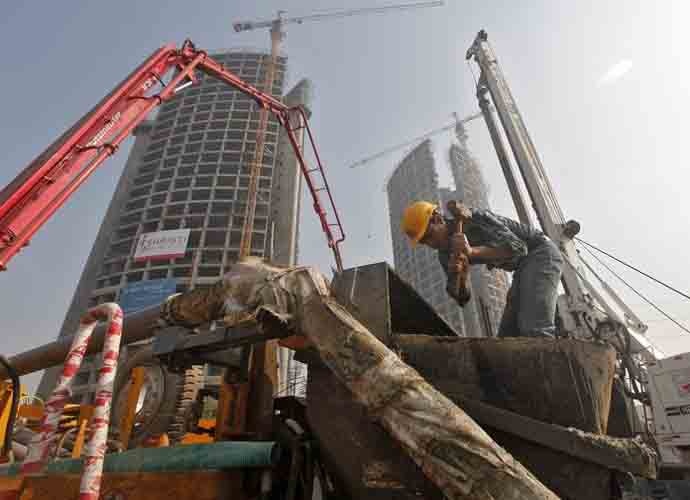Pain of IL&FS crisis will be much deeper for real estate and construction sector

The alacrity with which the government intervened and replaced the board at IL&FS after the leading infrastructure finance company defaulted on payments to lenders was desperately needed — but the damage was already done.
The defaults triggered panic among equity investors as the workings of the robust non-banking financial companies (NBFCs) came under the spotlight.

The NBFC sector has had a fantastic run. Even as the share of lending by public sector banks came down, lending by NBFCs ratcheted up. According to an analysis by Assocham, NBFCs grew at a compounded annual growth rate of 19 per cent over the past few years.
There are nearly 11,200 NBFCs in the country, of which over 200 NBFCs are systemically important. Together, NBFCs control about one-fourth of the total lending.
Evidently, the rot runs much deeper than the default at IL&FS. NBFCs stand exposed for their business model.
Typically, NBFCs borrow in the short-term and lend in the long-term. This mismatch of borrowing and lending has been all too well-known. So, while the RBI has announced a clean-up and further tightening of the sector, what’s brewing is a massive spillover effect on crucial sectors that are key drivers of the economy and job creation— especially housing and construction.
In a clean-up move, the RBI has cancelled licenses of 368 non-banking financial companies in the first six months of this year.

As the clean-up drive intensifies, the credit crunch will spill over to the real estate sector, which is already in a combative mode.
NBFCs had emerged as a preferred source of financing for real estate developers. According to data by JM Financial, non-bank lending to real estate companies expanded at a compound annual growth rate of 45 per cent — that's versus 4.7 per cent for bank advances from fiscal 2014 to 2018.
The sector, which has been a key driver for job creation, has been under pressure for nearly three years after battling a triple whammy of the Real Estate Regulatory Act (RERA), demonetisation and the roll-out of the Goods and Services Tax. Now, with a looming credit crunch, the sector, which was barely coming back to life, would get knocked down again and that would translate into unfinished projects — an inventory pile-up and a further meltdown of real estate prices.
According to estimates, residential projects worth $63 billion are stuck at the moment, even as giants like Unitech and Jaypee Infratech Ltd have been taken to court by home-buyers. Until about five years ago, the glorified promoters of such real estate companies had come to represent a new way of living. They promised to bring 'world-class' living standards to millions of middle class Indians who dreamt of owning a home with all modern amenities — gym, swimming pool, high-rise views.
It was the promise of an aspirational dream — which has gone awry primarily because of lax regulations, the greed of unscrupulous promoters and the unholy nexus which funded many non-viable projects.
Well, let’s just say the worst is not over yet.
What’s next is perhaps even worse, if the government doesn’t act quickly enough to cushion the impact of the credit squeeze that could have a crippling effect on the economy.

